Columbia GSAPP show explores Arakawa and Madeline Gins’ architectural study into living forever
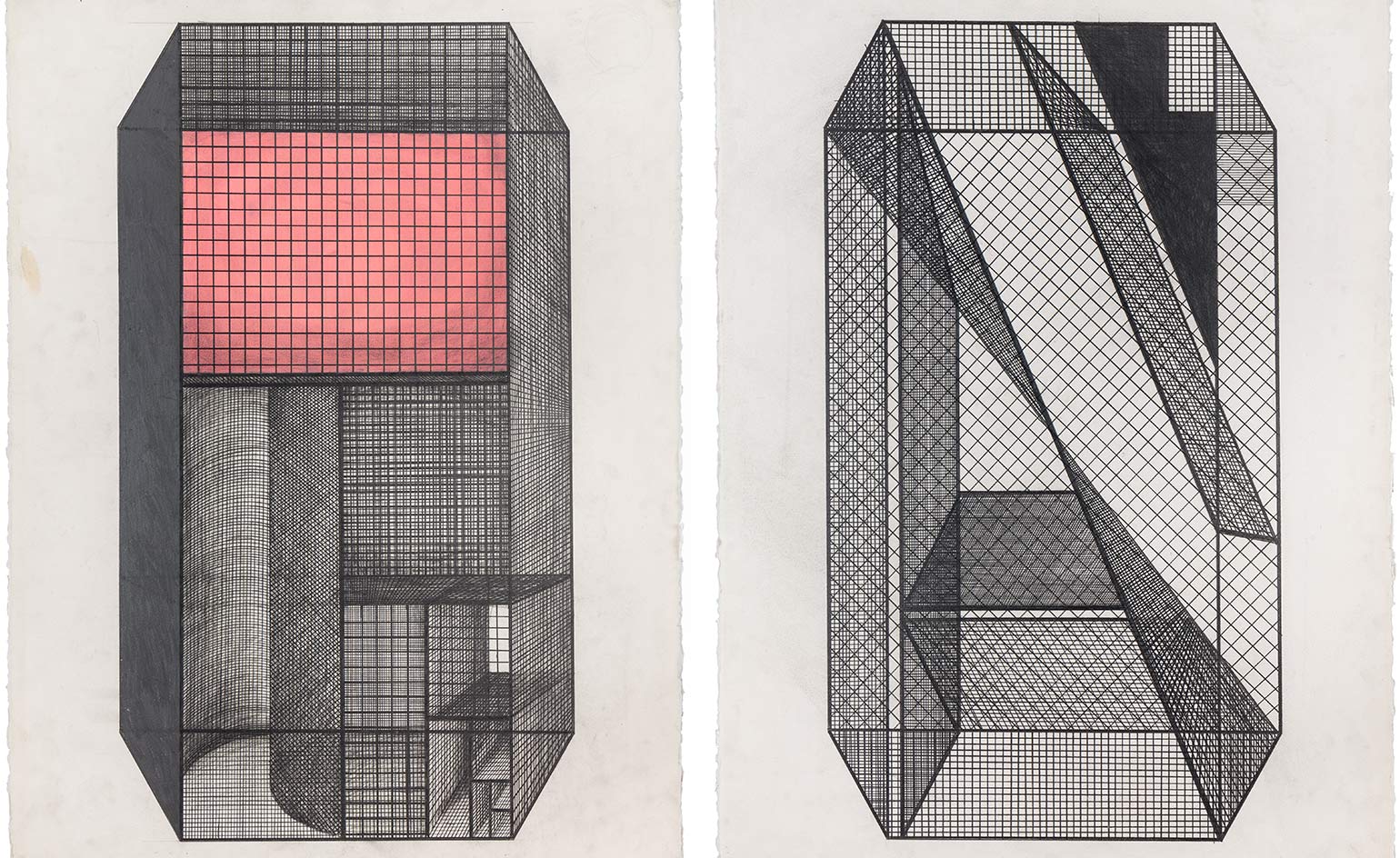
A new show at Columbia GSAPP presents Arakawa and Madeline Gins' theoretical explorations into how architecture can help people avoid death. Pictured here, two version of Arakawa and Gins' Screen-Valve (1985-87) project.
Architecture is an undeniable force for change. Aesthetic, social, logistical, and sensory transformation are just a few areas where architecture can make a difference – but can it help us conquer death? This has been a central premise in the work of creative duo Arakawa and Madeline Gins, whose inspirational work is presented in a new show at Columbia GSAPP in New York.
Japanese artist Arakawa (1936-2010) and American poet, writer and philosopher Madeline Gins (1941-2014) joined forces in the early 1960s. Their collaboration spanned five decades and various disciplines and mediums, such as painting, installations, poetry, literature, architecture, urbanism, philosophy, and scientific research. And while their work remains largely unknown outside the academic and specialist architecture community, their investigations are compelling and inspiring – not to mention beautifully illustrated with powerful artwork and technical drawings.
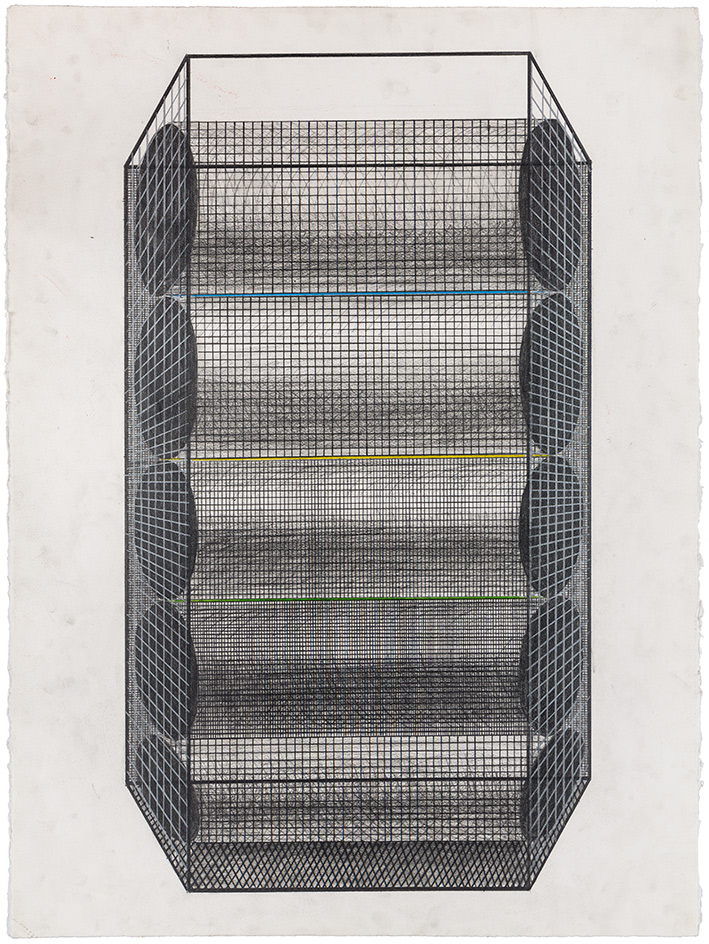
Screen-Valve (1985-87) by Arakawa and Madeline Gins. Image: 2018 Estate of Madeline Gins. Reproduced with permission of the Estate of Madeline Gins
Together, Arakawa and Gins delved into the concept of ‘reversible destiny’, a body of work about how architecture can empower humans to ‘resist their own deaths’. As ambitious – or utopian – as this project may seem, Gins was keen to study how through the right architecture, people could ‘learn not die’, working on the impact that spatial experience has on its users’ wellbeing and longevity– a concept not far removed from current notions of wellness in architecture.
The duo even created ‘sites of reversible destiny’, to experiment with the architectural manifestations of their theoretical work. Examples include Ubiquitous Site-Nagi’s Ryoanji (1994, Okayama, Japan); Yoro Park (1995, Gifu, Japan); Reversible Destiny Lofts Mitaka (2005, Tokyo, Japan); and Bioscleave House (2008, East Hampton, New York).
The exhibition, ‘Arakawa and Madeline Gins: Eternal Gradient’, charts the pair’s research and reflections, organised by GSAPP director of exhibitions Irene Sunwoo and assistant director of exhibitions Tiffany Lambert, and designed by Norman Kelley.
From hand drawings and architectural models, to archival material (such as ephemera, research materials, poetry, manuscripts, photographs and slides) from the Estate of Madeline Gins and the Reversible Destiny Foundation; this show offers a wealth of thought-provoking information and rich original artwork for the discerning visitor to enjoy – and be inspired by, in their quest for living better lives.
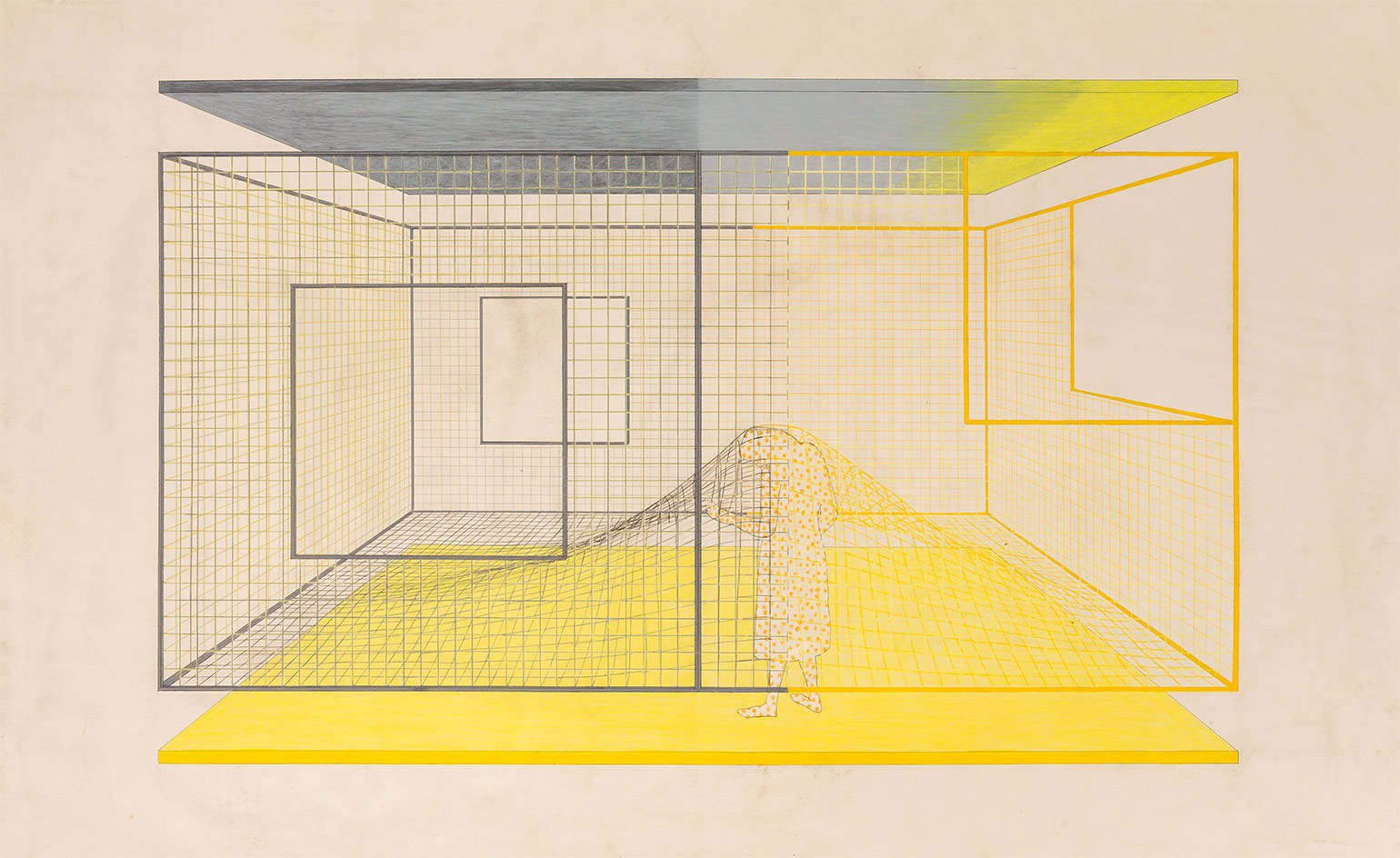
Study for ‘Critical Holder’ (1990) by Arakawa and Madeline Gins. Image: 2018 Estate of Madeline Gins. Reproduced with permission of the Estate of Madeline Gins
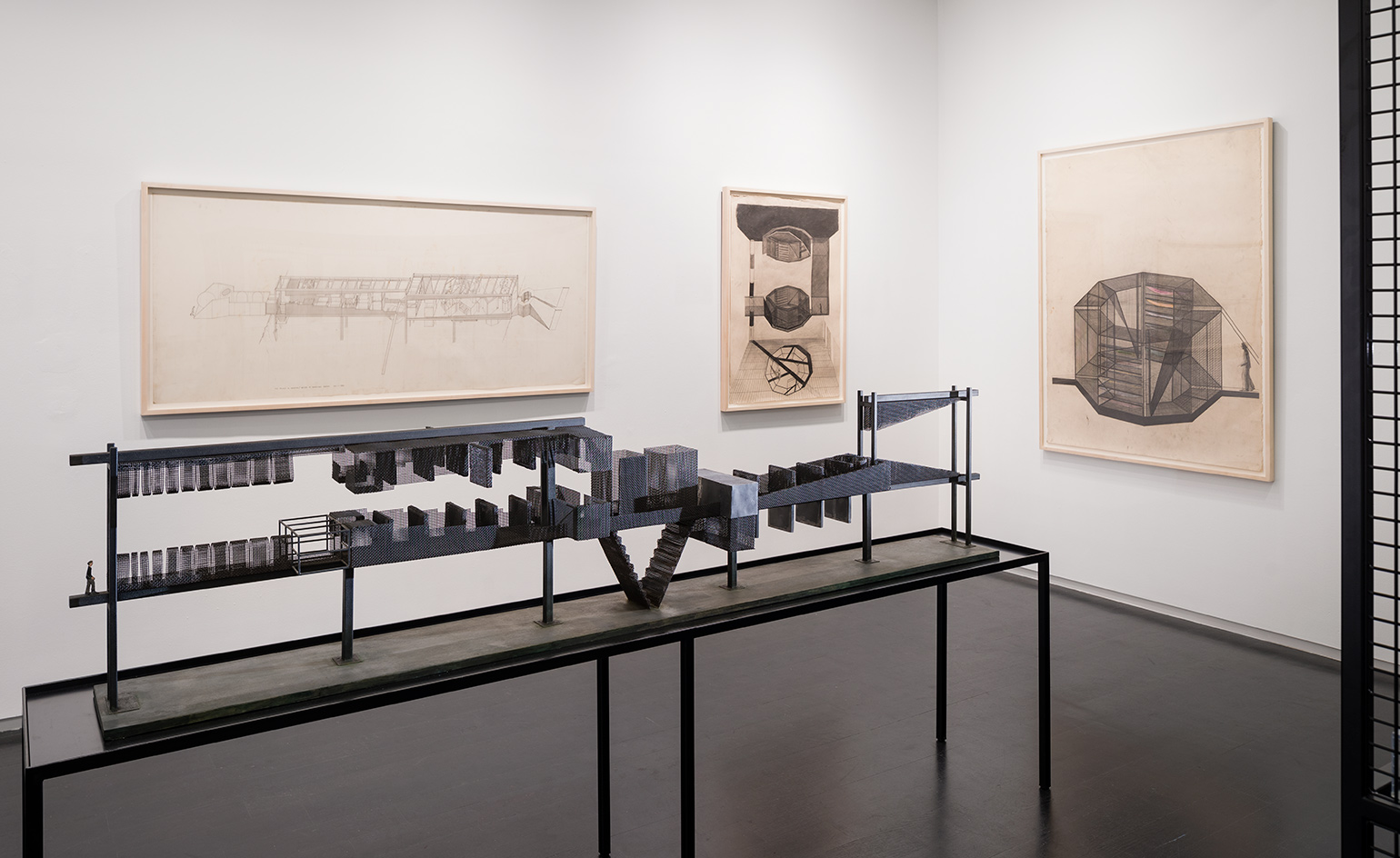
Installation view of ‘Arakawa and Madeline Gins: Eternal Gradient’ at the Arthur Ross Architecture Gallery, Columbia GSAPP. Courtesy of the Columbia GSAPP
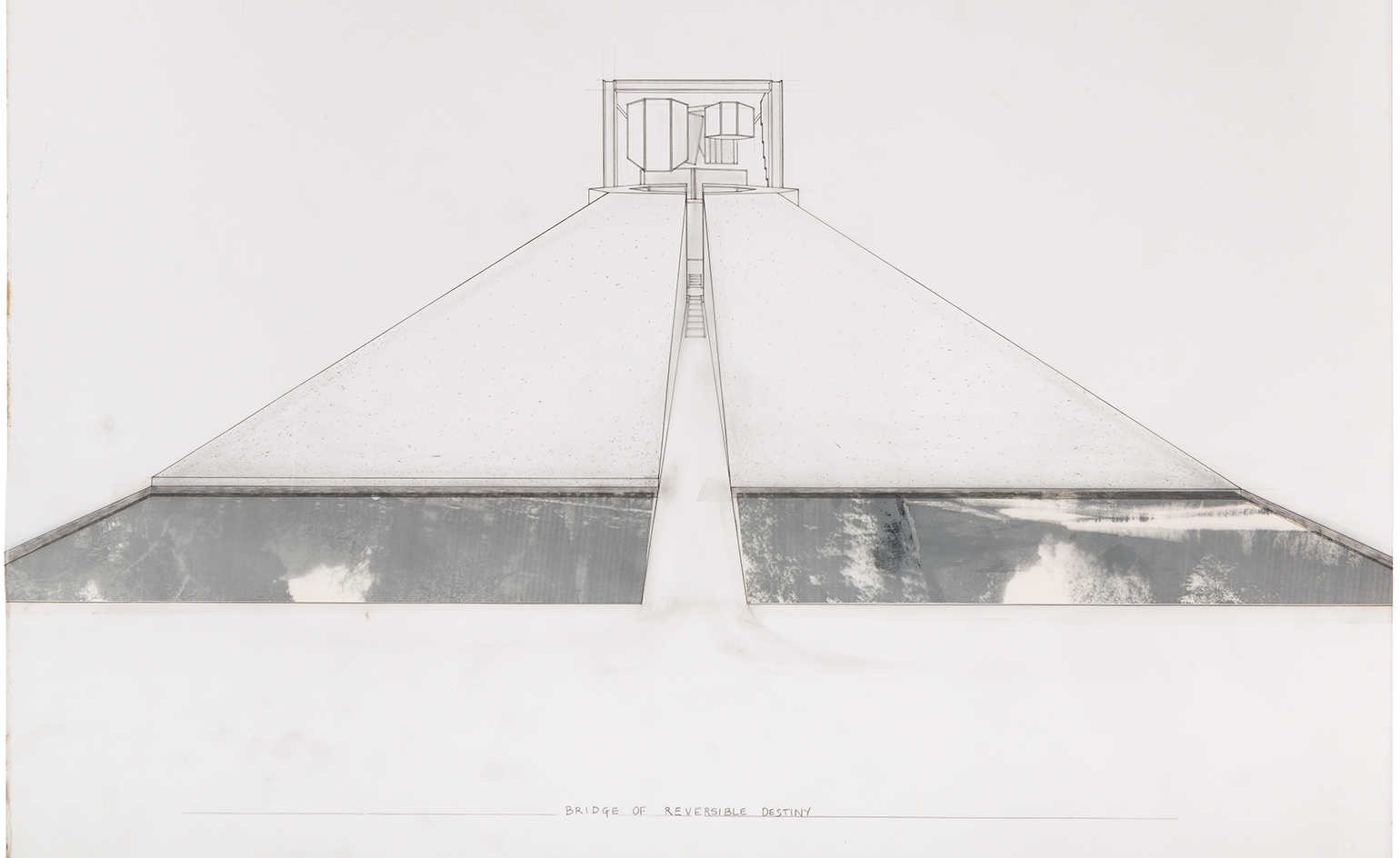
Perspectival view showing entrance to ‘Bridge of Reversible Destiny’ (1989) by Arakawa and Gins. Image: 2018 Estate of Madeline Gins. Reproduced with permission of the Estate of Madeline Gins
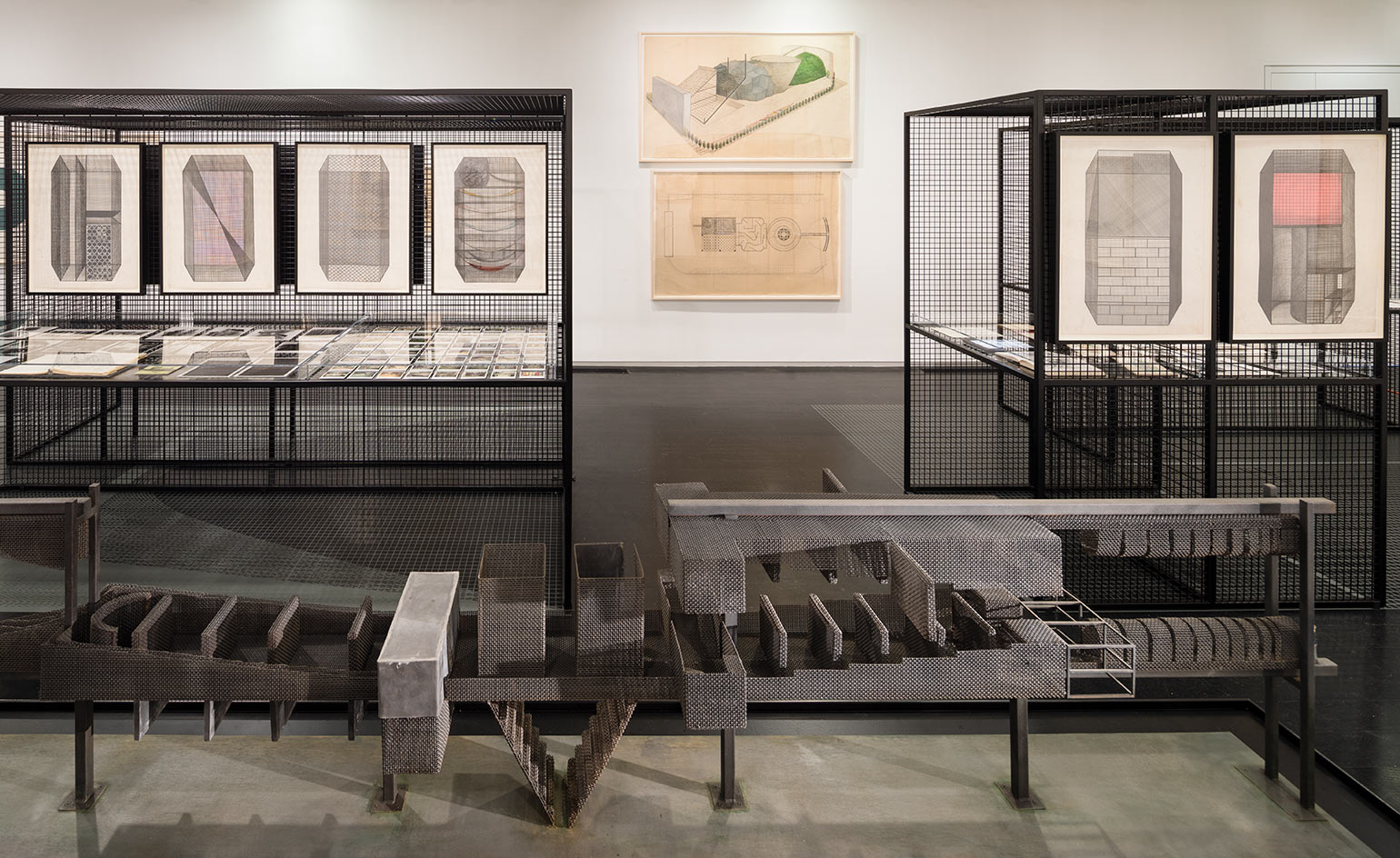
Installation view showing the drawings and models of Arakawa and Madeline Gins. Courtesy of the Columbia GSAPP
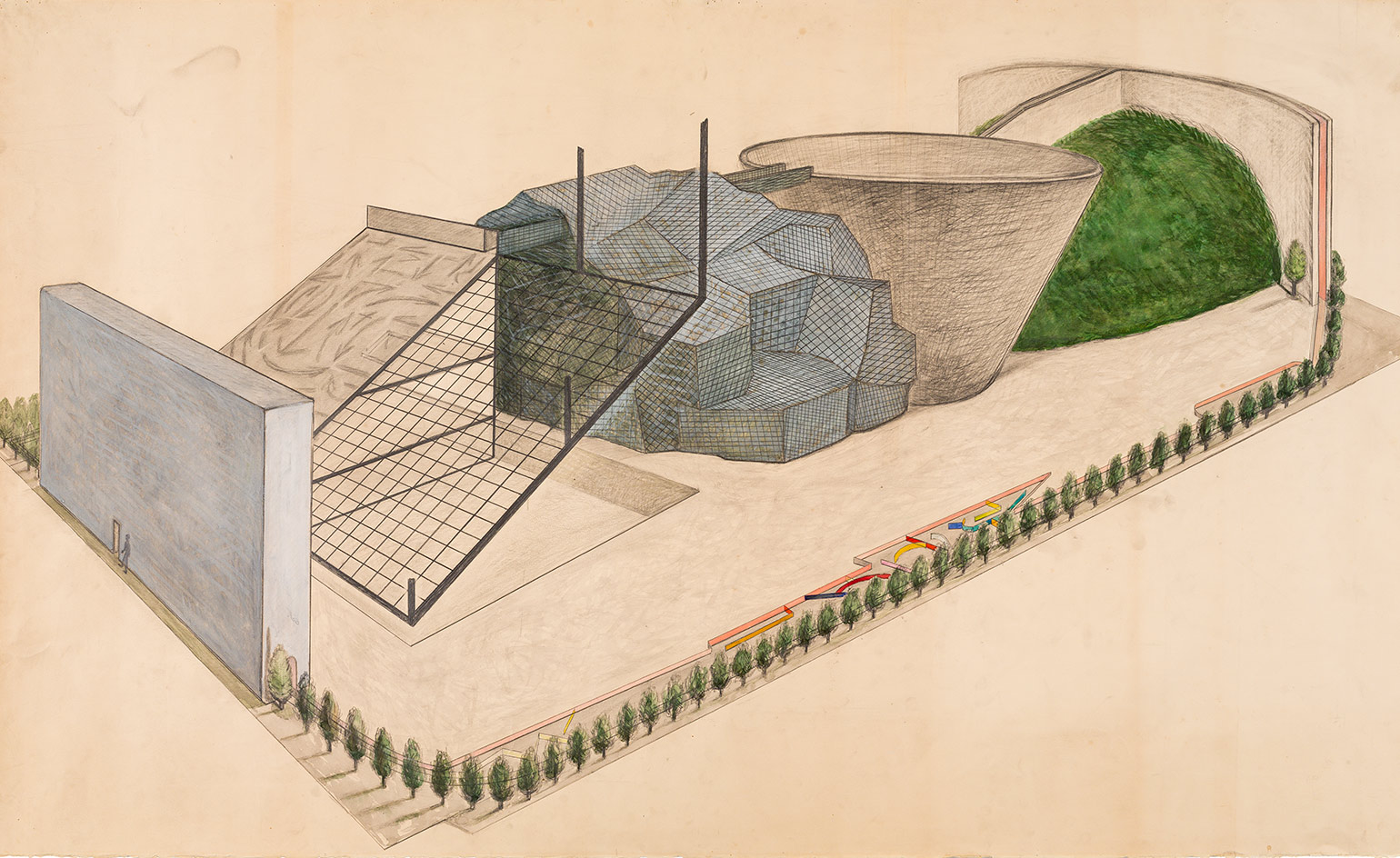
Drawing for ‘Container of Perceiving’ (1984) by Arakawa and Gins. Image: 2018 Estate of Madeline Gins. Reproduced with permission of the Estate of Madeline Gins
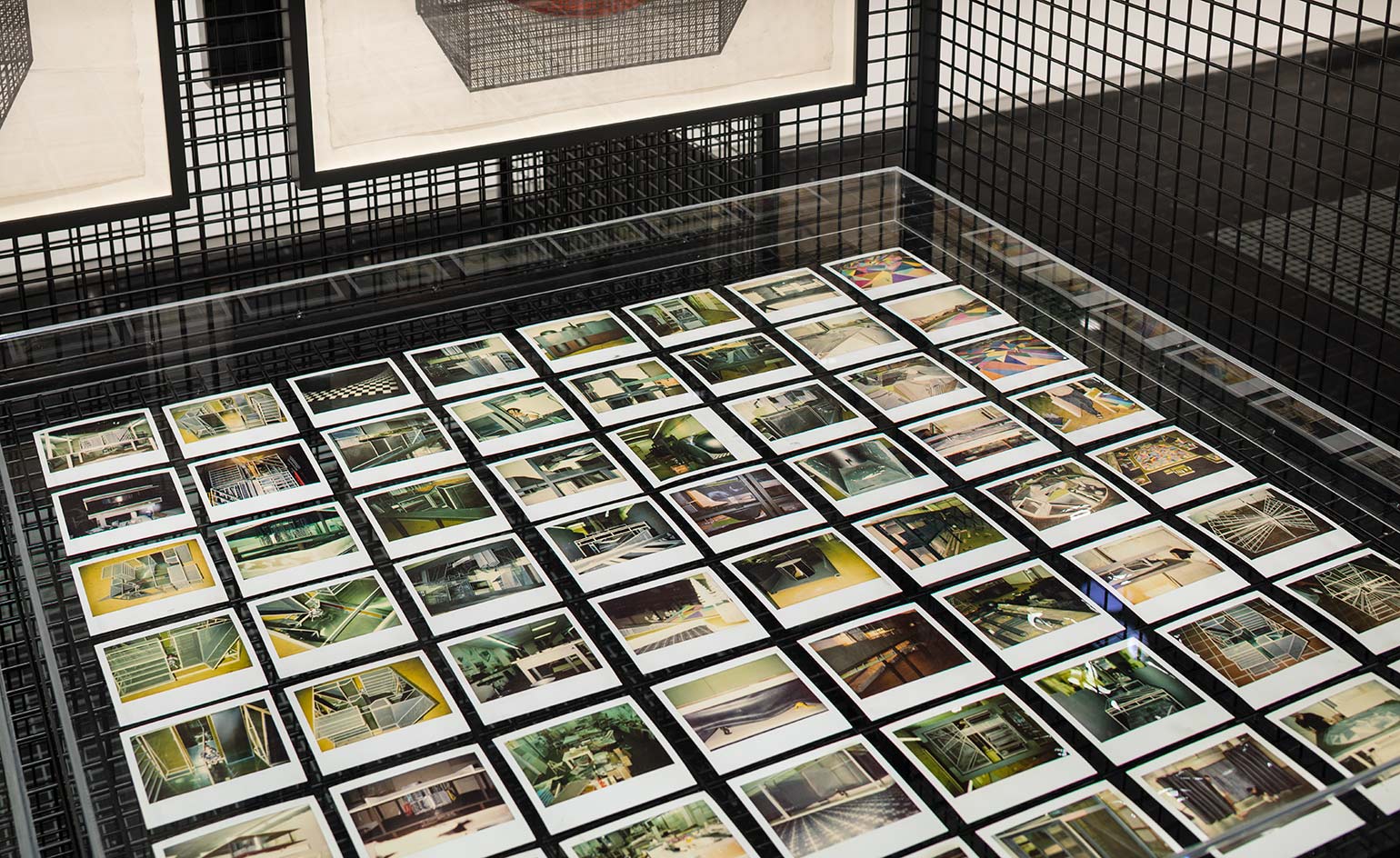
Installation view of photographs Courtesy of the Columbia GSAPP
INFORMATION
’Arakawa and Madeline Gins: Eternal Gradient’ is on show at the Arthur Ross Architecture Gallery, Columbia GSAPP until the 16 June 2018. For more information visit the Columbia GSAPP website
ADDRESS
Receive our daily digest of inspiration, escapism and design stories from around the world direct to your inbox.
Arthur Ross Architecture Gallery, Columbia GSAPP
1172 Amsterdam Avenue
New York City
Ellie Stathaki is the Architecture & Environment Director at Wallpaper*. She trained as an architect at the Aristotle University of Thessaloniki in Greece and studied architectural history at the Bartlett in London. Now an established journalist, she has been a member of the Wallpaper* team since 2006, visiting buildings across the globe and interviewing leading architects such as Tadao Ando and Rem Koolhaas. Ellie has also taken part in judging panels, moderated events, curated shows and contributed in books, such as The Contemporary House (Thames & Hudson, 2018), Glenn Sestig Architecture Diary (2020) and House London (2022).
-
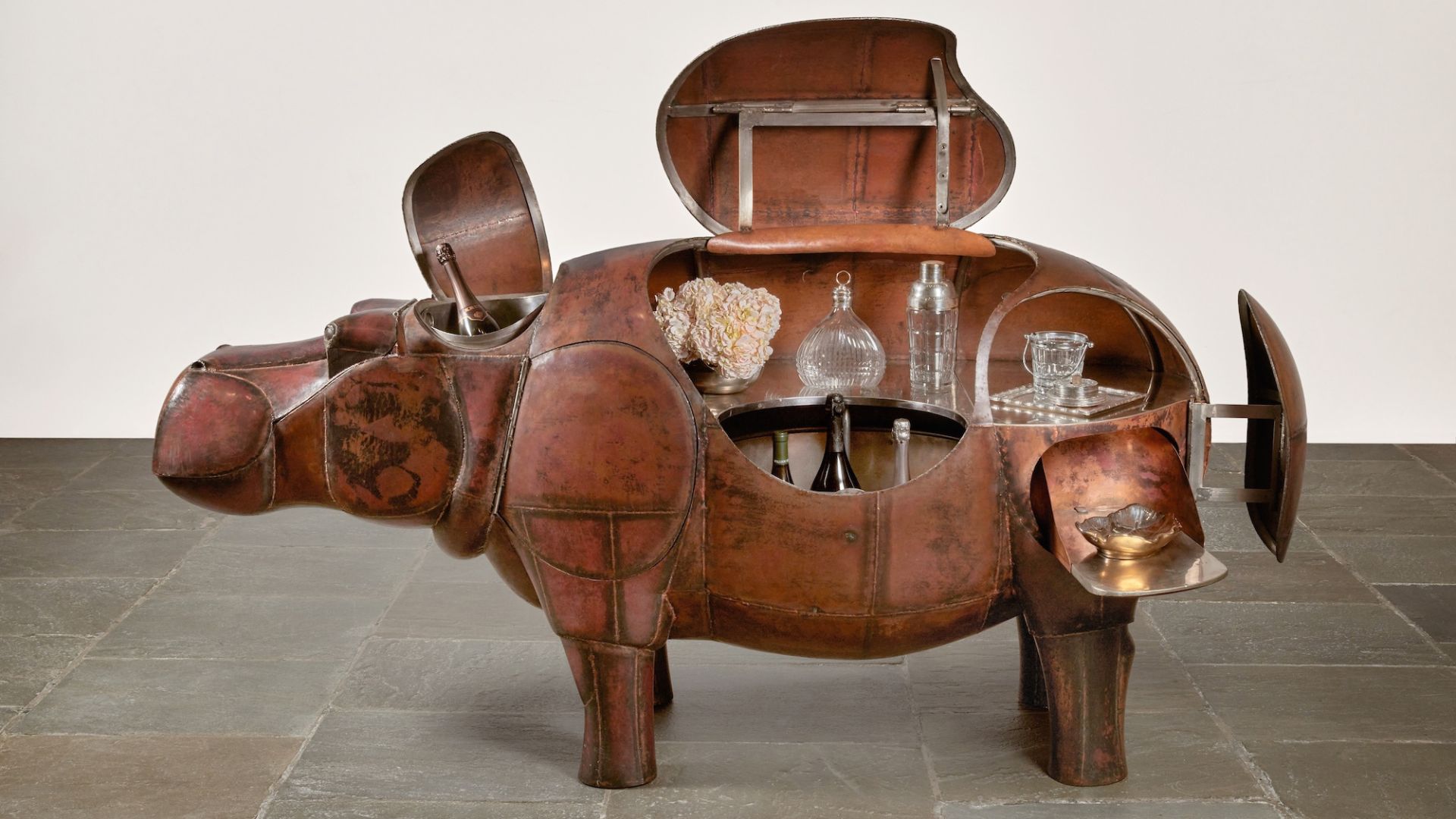 At $31.4 million, this Lalanne hippo just smashed another world auction record at Sotheby’s
At $31.4 million, this Lalanne hippo just smashed another world auction record at Sotheby’sThe jaw-dropping price marked the highest-ever for a work by François-Xavier Lalanne – and for a work of design generally
-
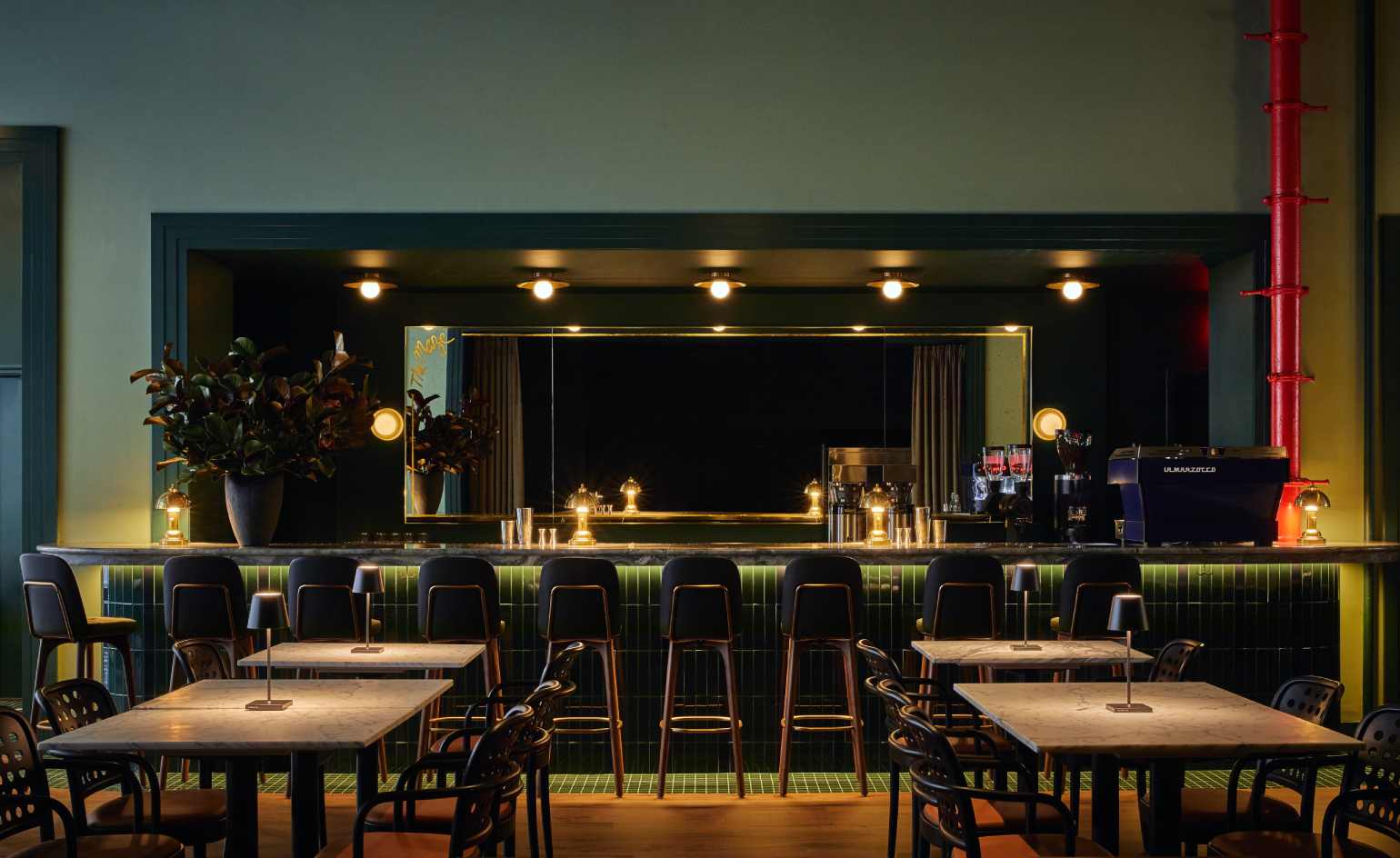 NYC’s first alcohol-free members’ club is full of spirit
NYC’s first alcohol-free members’ club is full of spiritThe Maze NYC is a design-led social hub in Flatiron, redefining how the city gathers with an alcohol-free, community-driven ethos
-
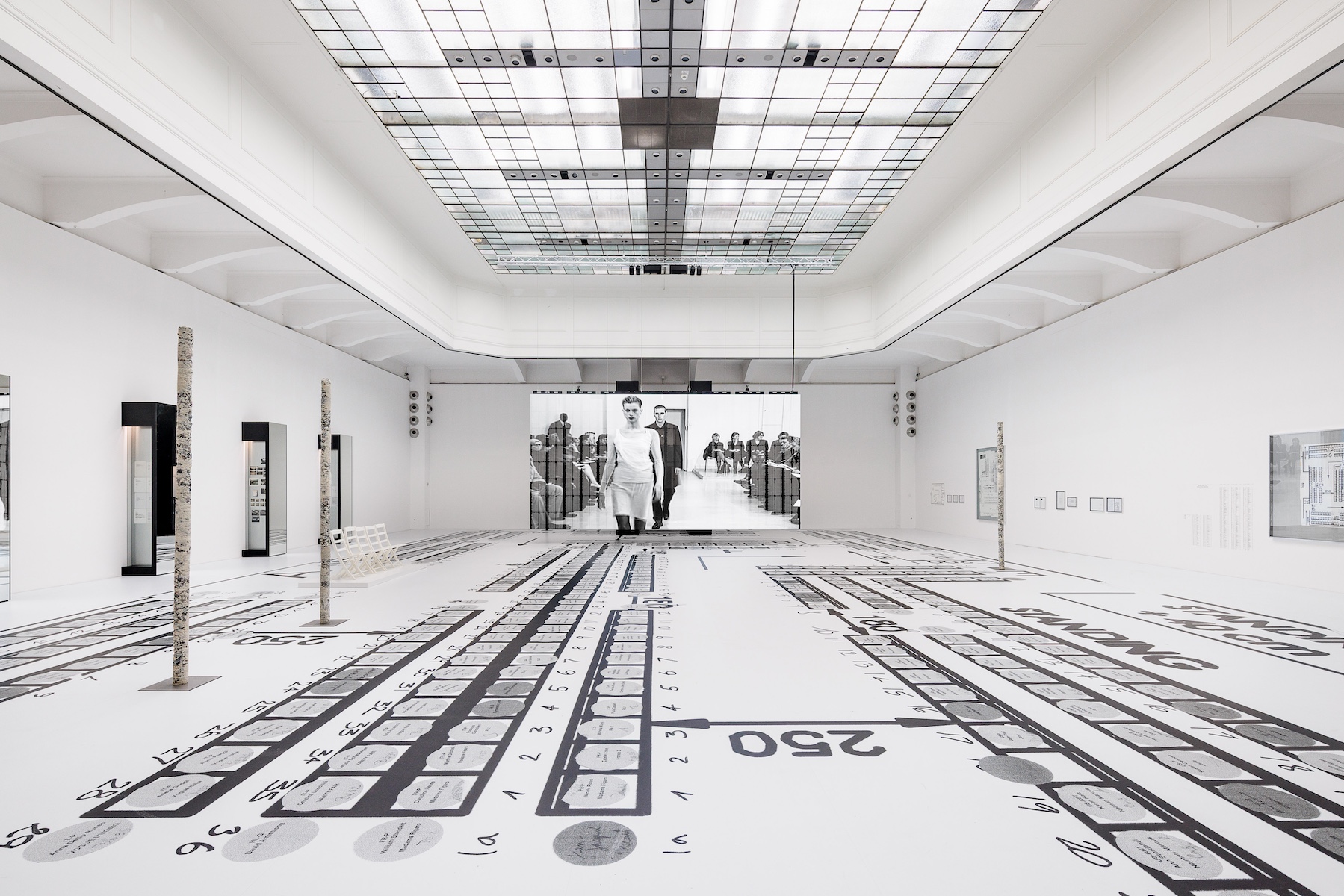 Inside Helmut Lang’s fashion archive in Vienna, which still defines how we dress today
Inside Helmut Lang’s fashion archive in Vienna, which still defines how we dress todayNew exhibition ‘Séance de Travail 1986-2005’ at MAK in Vienna puts Helmut Lang’s extraordinary fashion archive on view for the first time, capturing the Austrian designer-turned-artist’s enduring legacy
-
 Step inside this resilient, river-facing cabin for a life with ‘less stuff’
Step inside this resilient, river-facing cabin for a life with ‘less stuff’A tough little cabin designed by architects Wittman Estes, with a big view of the Pacific Northwest's Wenatchee River, is the perfect cosy retreat
-
 Remembering Robert A.M. Stern, an architect who discovered possibility in the past
Remembering Robert A.M. Stern, an architect who discovered possibility in the pastIt's easy to dismiss the late architect as a traditionalist. But Stern was, in fact, a design rebel whose buildings were as distinctly grand and buttoned-up as his chalk-striped suits
-
 Own an early John Lautner, perched in LA’s Echo Park hills
Own an early John Lautner, perched in LA’s Echo Park hillsThe restored and updated Jules Salkin Residence by John Lautner is a unique piece of Californian design heritage, an early private house by the Frank Lloyd Wright acolyte that points to his future iconic status
-
 The Stahl House – an icon of mid-century modernism – is for sale in Los Angeles
The Stahl House – an icon of mid-century modernism – is for sale in Los AngelesAfter 65 years in the hands of the same family, the home, also known as Case Study House #22, has been listed for $25 million
-
 Houston's Ismaili Centre is the most dazzling new building in America. Here's a look inside
Houston's Ismaili Centre is the most dazzling new building in America. Here's a look insideLondon-based architect Farshid Moussavi designed a new building open to all – and in the process, has created a gleaming new monument
-
 Frank Lloyd Wright’s Fountainhead will be opened to the public for the first time
Frank Lloyd Wright’s Fountainhead will be opened to the public for the first timeThe home, a defining example of the architect’s vision for American design, has been acquired by the Mississippi Museum of Art, which will open it to the public, giving visitors the chance to experience Frank Lloyd Wright’s genius firsthand
-
 Clad in terracotta, these new Williamsburg homes blend loft living and an organic feel
Clad in terracotta, these new Williamsburg homes blend loft living and an organic feelThe Williamsburg homes inside 103 Grand Street, designed by Brooklyn-based architects Of Possible, bring together elegant interiors and dramatic outdoor space in a slick, stacked volume
-
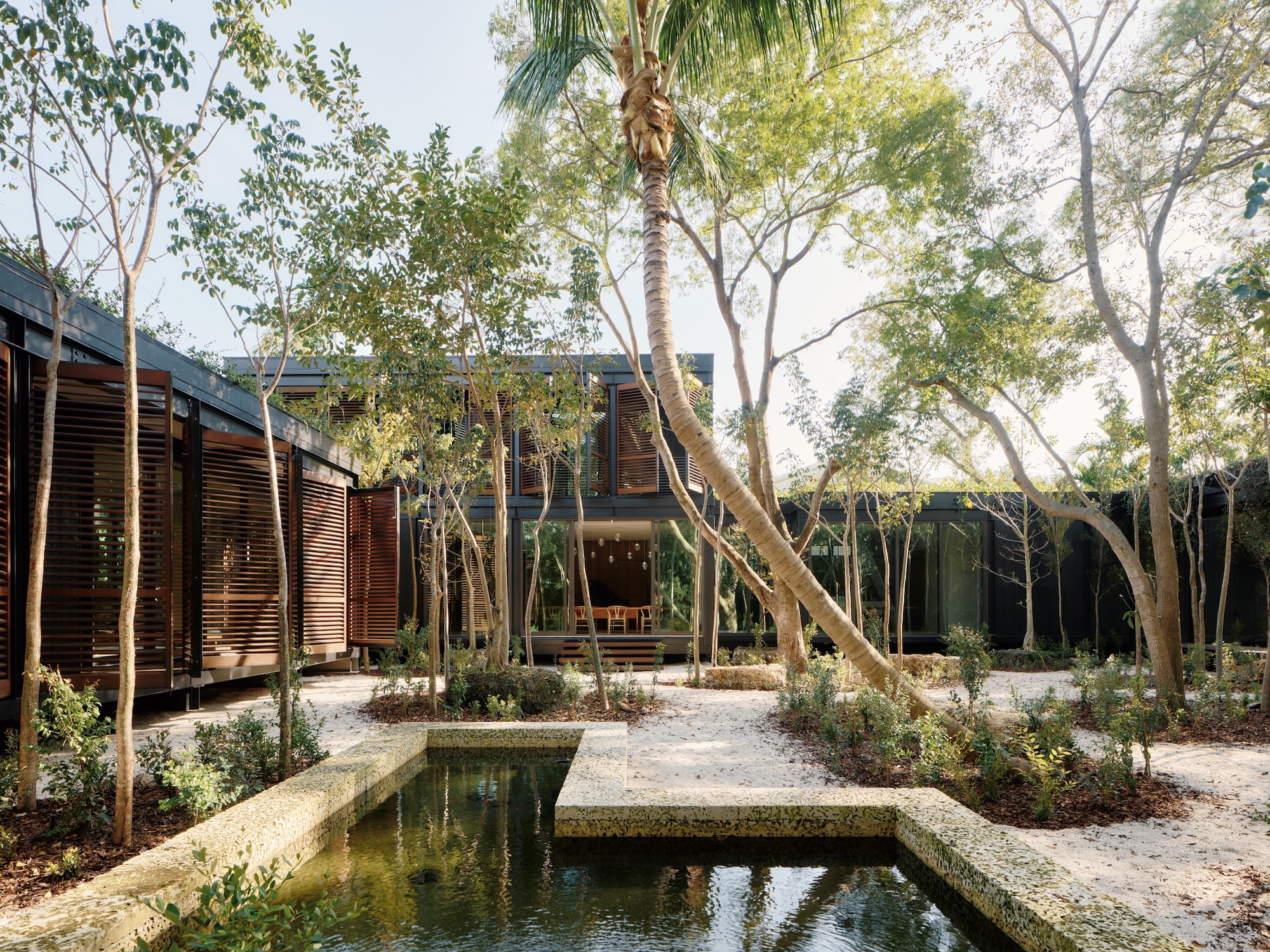 This ethereal Miami residence sprouted out of a wild, jungle-like garden
This ethereal Miami residence sprouted out of a wild, jungle-like gardenA Miami couple tapped local firm Brillhart Architecture to design them a house that merged Florida vernacular, Paul Rudolph and 'too many plants to count’